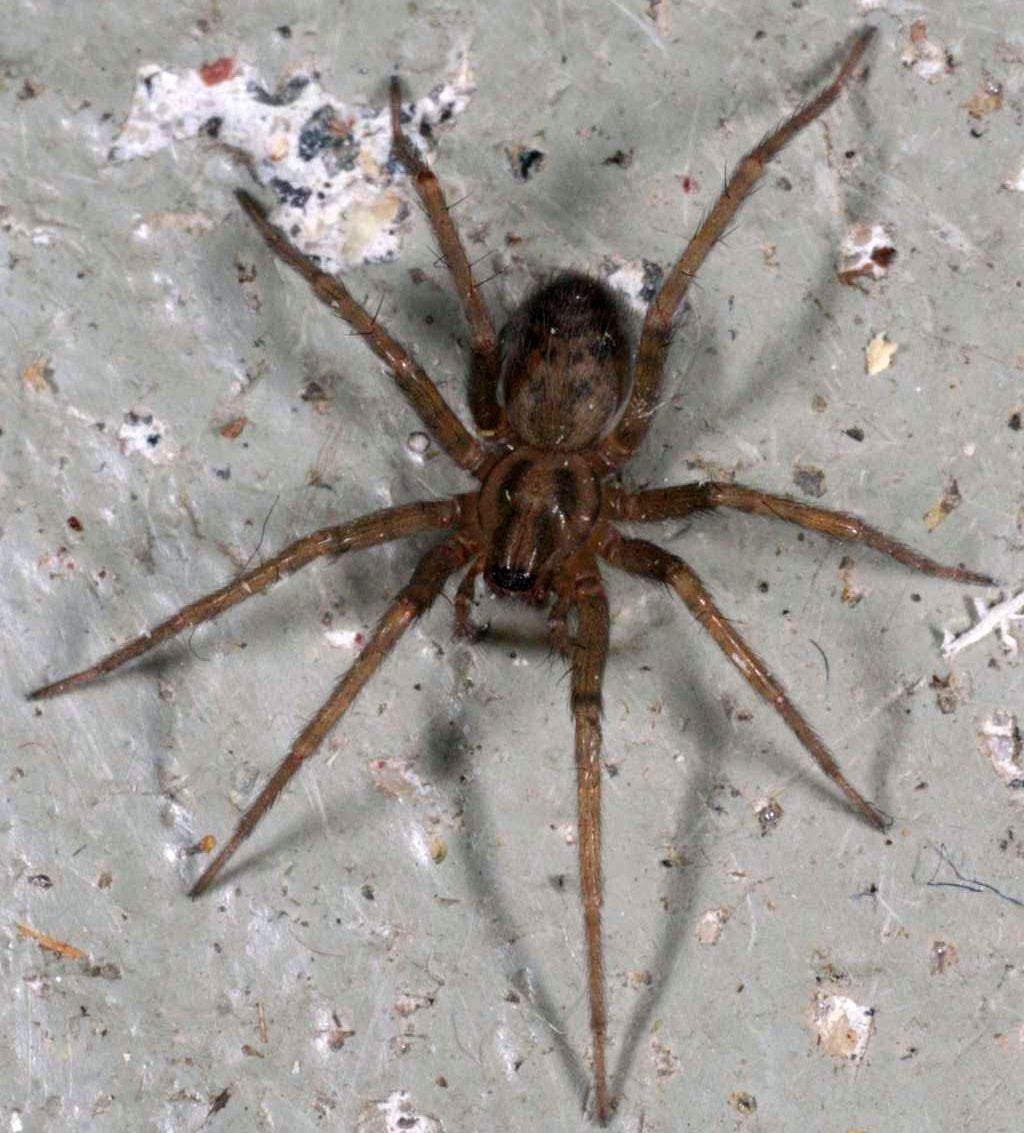House spiders: sex and the web of intrigue...
Your house is their sexy cave. And that's ok, I think.
At this time of year, the female house spider is busy weaving the foundation upon which it will hang eggs. For periods each day and night, when not feeding, the female walks over its threaded platforms, looking for faults, checking the consistency and structure of the web. I don’t want to say that this is happening under your bed, but it could be. Not least, because you recently put the central heating on, charging up the cocktail of hormones upon which house spider sex depends. This is their cave; you just happened to live in it…

During these investigations of its web, the female spider’s spinnerets remain open, meaning that, as it walks, silk threads are laid down that cross-link and strengthen the labour of days before.
The house spider makes a loose funnel at one end of the web which becomes a platform to survey the environment and to block invaders who may want to feed upon the eggs ripening in its ovaries. To stop this life-support chamber from collapsing upon itself, the female spider attaches guide-ropes of silk to nearby objects – boxes, furniture legs, lost toys, the kinds of things that gather in the forgotten spaces of our house. Once the tubular web is constructed, the female will not leave this world. All its needs, and those of the eggs, are catered for here by any tiny insects that happen to stumble into its trap.
On this particular night, behind this opalescent veil, the female house spider is unusually alert. An invading frequency consumes its consciousness. It isn’t the frequency given off by a struggling insect in the web, but something different. It is a rhythm produced through the strumming of a single appendage from a single creature upon the web. Another spider’s leg; that of a male. Here, in secret, a mating opportunity is presenting itself for two arthropods whose sex lives were shaped in the Silurian Period, some 420 million years ago. For house spiders, like all spiders today, are descendants of one of the first arthropods to walk upon the land.
The tension between the two spiders ratchets up. They stand and face one another urgently, both momentarily statue-still, locked in indecision. A few seconds pass and the male begins to carefully pluck the most recent strands of silk, tasting the female’s scent with specialised appendages close to the mouth known as pedipalps. This gentle inspection is both a method to gauge the female’s interest and a prelude to the symphony about to take place.
Moving closer, the male quietly drums out a gentler rhythm upon the silk which the female takes in. Using the intensity of this rhythmic strumming as a guide, the female gathers information on its size and strength and whether the individual represents a suitable male with whom to mate. The female spider is able to make a choice: to throw the mate from its lair or continue the dance. The body language changes now. The shape of the female’s arch becomes less threatening; the male has passed the test. And so, behind the translucent gauze of the female’s web, the exchange of gametes will take place. And with that agreement, in this secret place, these arachnid lovers copulate in the most practised way, in the most enduring style in the story of life on land. The male passes something which is duly accepted by the female. Something tiny. A genetic package that is barely visible, from which new life is conceived.
It is slightly un-nerving that this routine takes place in our houses, sometimes mere metres from our sleeping heads, but there is a hidden beauty to these nuptial goings-on that it is worth considering from time-to-time.
Think of this story tonight when the heating clicks on.
And sleep well knowing that, whether you meant it or not, you have improved the plight of nature in that shared place you cherish most…
Thanks for reading. If you’re interested in spider sex (particularly the incredible pathways through which it evolved!) then (obviously) you should read my latest, ‘Infinite Life’ ← this week it was recommended as a book of the year by BBC Wildlife Magazine, no less! (I should add that this piece is slightly late for most house spider sex in houses, which tends to peak in September for most people).
In other news, not much going on this week…
Thanks to New Scientist Live for having me at the Excel yesterday. 500 or so in the audience. Packed house! I’m at Off the Shelf book festival in Sheffield today. I’m on in an hour or so - wish me luck!
This week I’ll be attending two conferences, offering some thoughts in a plenary in the latter. These are The British Association of Science Journalists on the Tuesday and Froglife’s Online Research Conference (tickets still available).
I am reading Kate Bradbury’s ‘One Garden Against the World’ at the moment and relating to it so much. Kate sums up so eloquently how many of us are feeling, particularly about climate change and what we can do, via the medium of gardens and neighbourhood wildlife. Kate’s Substack is here - go and have a look, if you aren’t already a follower…
Have a lovely day. More next week…
![[Nature's Footnote]](https://substackcdn.com/image/fetch/$s_!C6DB!,w_80,h_80,c_fill,f_auto,q_auto:good,fl_progressive:steep,g_auto/https%3A%2F%2Fsubstack-post-media.s3.amazonaws.com%2Fpublic%2Fimages%2F41ee839f-f351-42db-89ad-75e937e76525_1280x1280.png)

![[Nature's Footnote]](https://substackcdn.com/image/fetch/$s_!C6DB!,w_36,h_36,c_fill,f_auto,q_auto:good,fl_progressive:steep,g_auto/https%3A%2F%2Fsubstack-post-media.s3.amazonaws.com%2Fpublic%2Fimages%2F41ee839f-f351-42db-89ad-75e937e76525_1280x1280.png)

JULES JULES DID YOU KNOW THAT ON THE LAST NIGHT OF MY GREEK HOLIDAY A LARGE ORANGE SPIDER LAID A BALL OF EGGS IN MY GOING-HOME CLOTHES?????